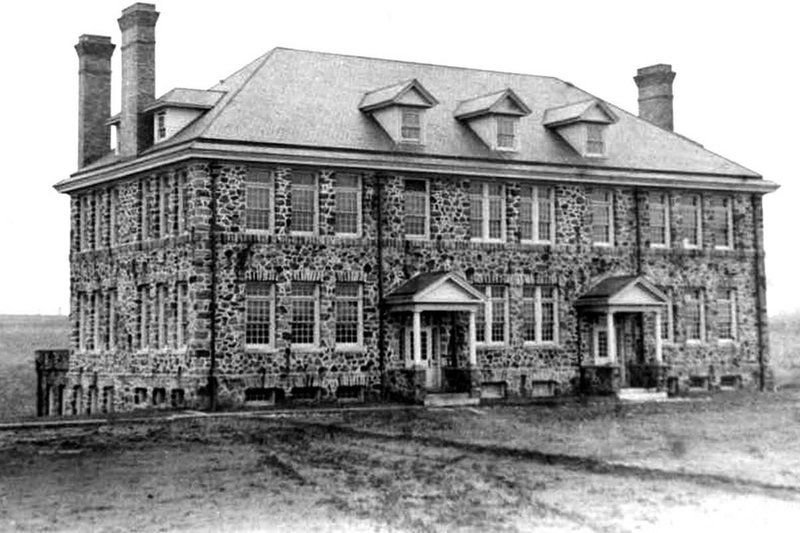How Did HBCUs begin?

1837
The Beginning
Cheyney University in Pennsylvania was the very first HBCU. It was established in 1837.
Tribute to HBCU Greek Culture
"9ine" by Reaux Fareal feat. Mystikal
The History of HBCU's
Why the need?
At one point in our history, Black people were denied admission to traditionally white institutions, which, as a result, gave birth to HBCUs. The term 'HBCU' short for Historically Black Colleges and Universities was made official within the Higher Education Act of 1965, which increased federal funding for colleges and universities.
The Civil War
After the Civil War, newly freed slaves were being denied admission to the traditionally white colleges. The few who were able to slip through a crack and receive some kind of education had to study in poor conditions and their lives were constantly threatened. Others had to teach themselves what they could.
Land Granted For Blacks
In 1890, the Morrill Land Grant Act was establised. States who wanted to use federal land-grant funds were required to either make their schools open to blacks and whites or give money for segregated black colleges to function as a substitute to white schools. Sixteen entirely black colleges were given 1,890 land-grant funds.
A handful of schools were already open such as Cheyney University of Pennsylvania (1837), University of the District of Columbia (1851) and Harris-Stowe University (1857). But, the Morrill Land Grant Act opened the doors for several more HBCUs to establish through government funding.
In Title III of the Higher Education Act of 1965, Congress officially defined an HBCU as “a school of higher learning that was accredited and established before 1964, and whose principal mission was the education of African Americans”.
